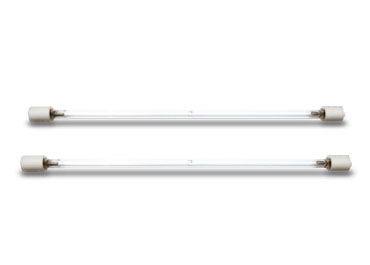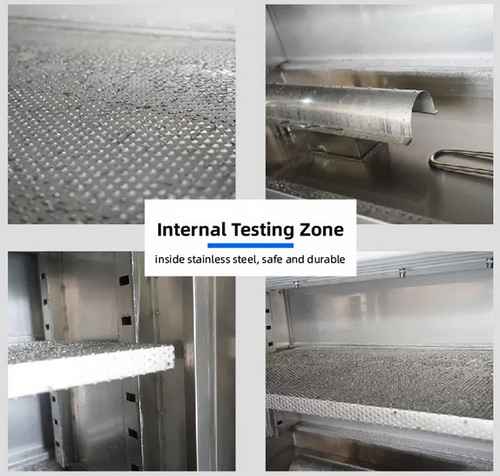-
What are some common issues that can arise during xenon lamp aging tests?
Edited by:Read:Xenon lamp aging test is complex tests that require careful setup and operation to ensure accurate and reliable results. Despite best efforts, issues can arise during the testing process that can affect the accuracy of the results. Here are some common issues that can arise during xenon lamp aging tests:
1. Lamp aging:
Xenon lamps have a finite lifespan and will gradually degrade over time. As the lamps age, their output will decrease, which can affect the accuracy of the test results. Regular lamp replacement and calibration are necessary to ensure accurate and consistent test results.

2. Temperature and humidity fluctuations:
Xenon lamp aging tests require precise control of temperature and humidity conditions. Fluctuations in temperature or humidity can affect the test results and lead to inaccurate data. It is important to monitor the chamber conditions regularly and make any necessary adjustments to maintain stable conditions.
3. Sample preparation:
The accuracy of the test results can be affected by the quality of the test specimens. Improper sample preparation or mounting can introduce errors into the test results. It is important to carefully follow the requirements of the test standard being used and to ensure that the test specimens are properly prepared and mounted.
4. Contamination:
Contamination from dust, debris, or other foreign objects can affect the test results by altering the reflectivity or absorptivity of the specimen surface. It is important to keep the chamber clean and free of debris to prevent contamination.
5. Calibration errors:
Xenon lamp aging test chambers require regular calibration to ensure accurate and reliable test results. Calibration errors can arise due to incorrect or incomplete calibration procedures or due to equipment malfunction. Regular calibration checks and maintenance are necessary to ensure that the test chamber is operating correctly.

6. Sample degradation:
Overexposure to the xenon arc radiation can cause the test specimens to degrade or change in color, which can affect the accuracy of the test results. It is important to carefully monitor the test specimens during the test and to stop the test before the specimens are overexposed.
By being aware of these potential issues and taking steps to prevent or mitigate them, it is possible to conduct accurate and reliable xenon lamp aging tests that provide valuable information about the durability and performance of materials.
- 2024-04-19Paper ring compression strength tester standards
- 2024-04-19Cupping tester standards
- 2024-04-19Rubber and plastic tensile tester standards
- 2024-04-19Taber 1750 wear-resistant tester standards
- 2024-04-19Stone Chip Resistance Gravelometer standards
- 2024-04-18Diaper absorption speed tester standards
- 2024-04-18Diaper leakage tester technical indicators
- 2024-04-18Paint film impact resistance tester standards
- 2024-04-18Low temperature brittleness tester principle
- 2024-04-18Battery separator permeability tester technical indicators



